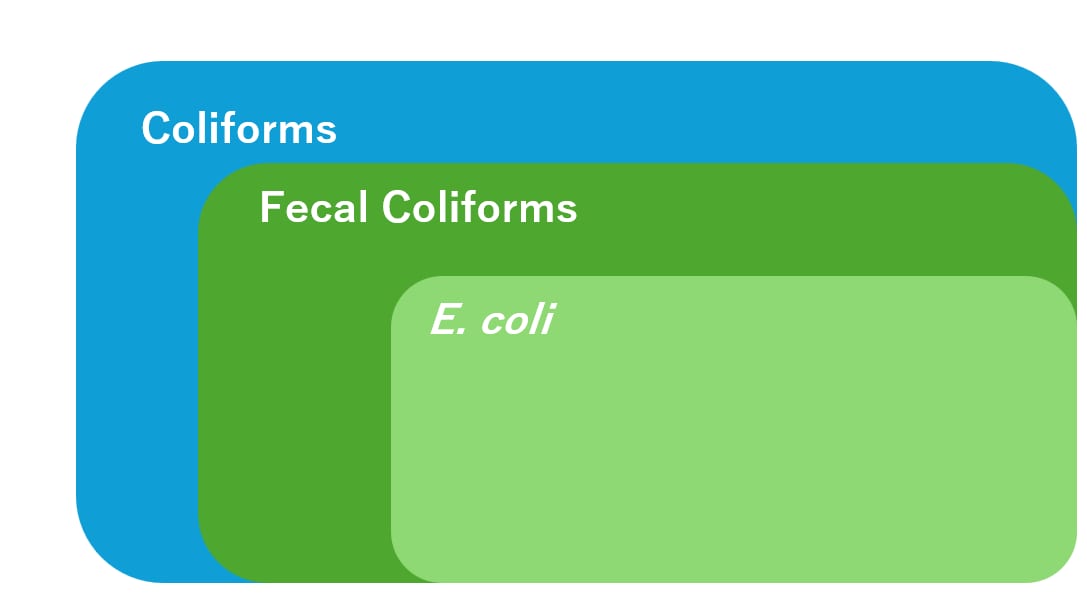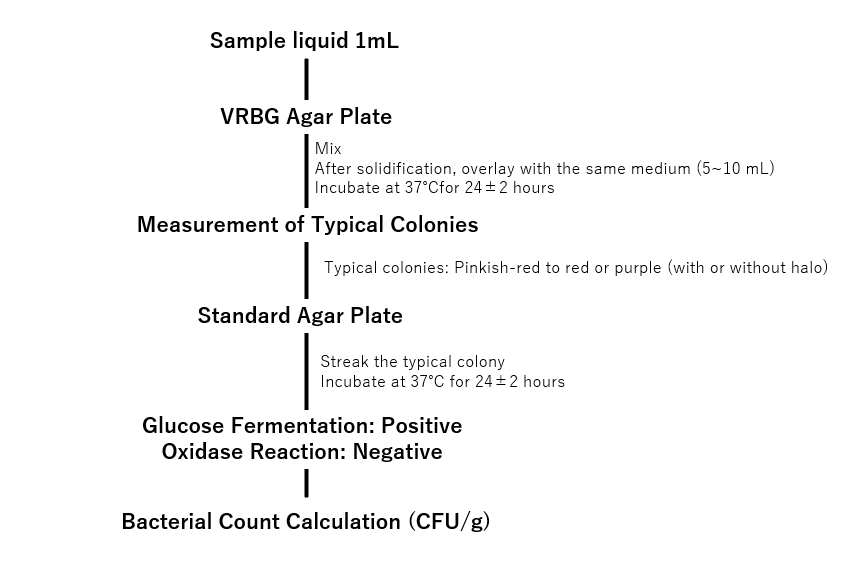About E. coli

Among the coliform group, bacteria that grow at 44.5℃, break down lactose, and produce gas are called fecal coliforms. Additionally, those that show the "++--" pattern in the IMViC test, which examines four characteristics—Indole production (I), Methyl Red reaction (M), Voges-Proskauer reaction (Vi), and Citrate utilization (C)—are considered E. coli. However, this E. coli does not necessarily correspond to E. coli in bacterial taxonomy. Fecal coliforms were conceived as a group to estimate the presence of E. coli without performing the complicated IMViC test, based on the fact that many E. coli grow at 44.5℃ and break down lactose.
E. coli is used as an indicator bacterium to assess whether food was handled hygienically and whether there is a potential risk of pathogen contamination, thus evaluating the safety of food. E. coli naturally inhabits the digestive tracts of humans and livestock, and most strains are harmless, although some strains can be pathogenic.
Microbial testing standards for E. coli have been established for certain food products such as meat products (dried, uncooked, partially cooked, or post-cooking packaged), frozen foods (uncooked before freezing: inoculated after cooking), and raw oysters intended for consumption.
Reference: Food Sanitation Inspection Guidelines: Microbial Edition, Revised 2nd Edition, 2018
E. coli Count Workflow

Reference: Guidelines for Food Hygiene Testing, Microbiology Edition, Revised 2nd Edition, 2018
Product for E. coli Counts
This is a microbial test film medium that does not require medium preparation and can be used immediately after opening.
Easy Plate EC contains two chromogenic enzyme substrates making E. coli colonies appear blue-purple to navy, while other coliform colonies appear pink to reddish-purple.
Learn more about the product


